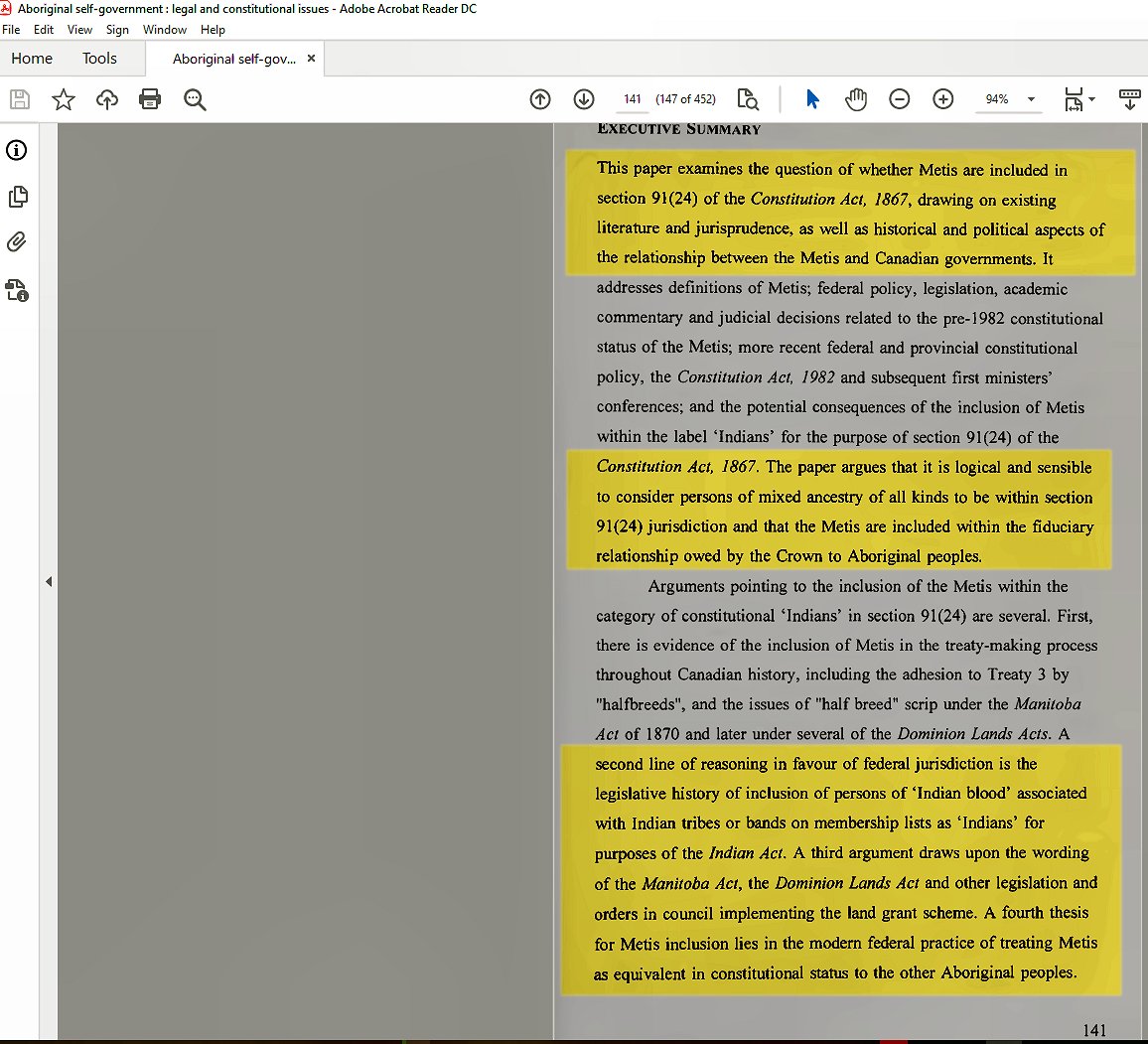
Classical Libraries (thread)





More from Book
We had a conversation on the podcast about the racialization of dog breeds, where we talked to @BronwenDickey, the author of Pitbull: The Battle Over an American Icon.
In the 1930s, Pitbulls — which, as Bronwen pointed out to me over and over, don’t constitute a dog breed but a shape — used to be seen as the trusty sidekick of the proletariat, the Honda Civic of canines. (Think of “the Little Rascals” dog.)
.
That began changing in the postwar years and the rise of the suburbs. A pedigreed dog became a status symbol for the burgeoning white middle class. And pitbulls got left behind in the cities.
Aside: USians have flitted between different “dangerous” breeds and media-fueled panics around specific dogs. (anti-German xenophobia in the late 1800s fueled extermination programs of the spitz, a little German dog that newspapers said was vicious and spread disease.)
Some previously “dangerous” dogs get rebranded over the years — German shepherds, Dobermans, Rottweilers. But the thing their respective periods of contempt and concern had to do is that they were associated with some contemporarily undesirable group.
Michael Tesler in @FiveThirtyEight bringing some data to bear on my tweets about @ReverendWarnock\u2019s dog ad. A piece worth reading, and a reminder: It\u2019s never \u201cjust a dog,\u201d y\u2019all.https://t.co/ijQvTDOdvj pic.twitter.com/sp05Bhueob
— Hakeem Jefferson (@hakeemjefferson) December 15, 2020
In the 1930s, Pitbulls — which, as Bronwen pointed out to me over and over, don’t constitute a dog breed but a shape — used to be seen as the trusty sidekick of the proletariat, the Honda Civic of canines. (Think of “the Little Rascals” dog.)
.
That began changing in the postwar years and the rise of the suburbs. A pedigreed dog became a status symbol for the burgeoning white middle class. And pitbulls got left behind in the cities.
Aside: USians have flitted between different “dangerous” breeds and media-fueled panics around specific dogs. (anti-German xenophobia in the late 1800s fueled extermination programs of the spitz, a little German dog that newspapers said was vicious and spread disease.)
Some previously “dangerous” dogs get rebranded over the years — German shepherds, Dobermans, Rottweilers. But the thing their respective periods of contempt and concern had to do is that they were associated with some contemporarily undesirable group.
Aboriginal self-government - legal and constitutional issues 1995 Ottawa, Canada- Royal Commission on Aboriginal Peoples #Metis

Aboriginal self-government - legal and constitutional issues 1995 Ottawa, Canada- Royal Commission on Aboriginal Peoples- pg141. - papers argues that it is logical and sensible to consider persons of mixed ancestry of all kinds to be within sec. 91(24) jurisdiction and that the

Metis are included within the fiduciary relationship owed by the crown to the Aboriginal peoples. (pg142) The recognition of Metis as one of the "aboriginal peoples of Canada" in section 35 of the Constitution Act 1982, reinforces this federal practice. "It is concluded that

sec 91(24) includes persons of mixed ancestry." pg143- "the Guerin case suggests that the federal gov. may be breaching its fiduciary obligations if it refuses to initiate legislation needed to acknowledge the existence of certain Aboriginal peoples or to meet basic economic

or social needs." https://t.co/90gG3LeCFC -
RELATED CASES AND POSTS
Guerin v. The Queen, [1984] 2 SCR 335

Aboriginal self-government - legal and constitutional issues 1995 Ottawa, Canada- Royal Commission on Aboriginal Peoples- pg141. - papers argues that it is logical and sensible to consider persons of mixed ancestry of all kinds to be within sec. 91(24) jurisdiction and that the

Metis are included within the fiduciary relationship owed by the crown to the Aboriginal peoples. (pg142) The recognition of Metis as one of the "aboriginal peoples of Canada" in section 35 of the Constitution Act 1982, reinforces this federal practice. "It is concluded that

sec 91(24) includes persons of mixed ancestry." pg143- "the Guerin case suggests that the federal gov. may be breaching its fiduciary obligations if it refuses to initiate legislation needed to acknowledge the existence of certain Aboriginal peoples or to meet basic economic

or social needs." https://t.co/90gG3LeCFC -
RELATED CASES AND POSTS
Guerin v. The Queen, [1984] 2 SCR 335



















